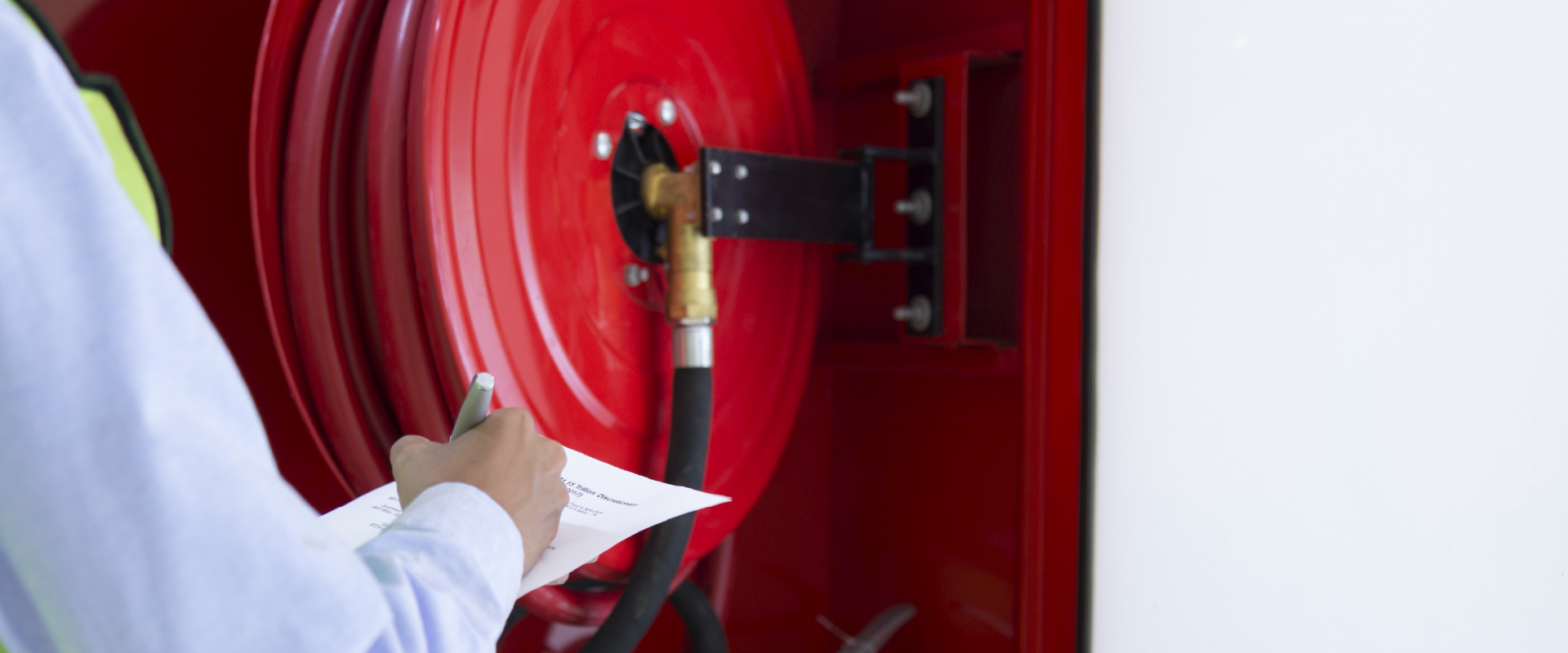Mold can be a sneaky and unwelcome guest in both residential and commercial buildings. In this comprehensive guide, we’ll explore the essentials of mold prevention, giving you the tips and tricks you need to keep your home or business mold-free.
Understanding
Mold
Before you can effectively prevent mold in your home or business, it’s essential to understand what mold is, its different types, associated health risks, and the conditions that promote its growth. This fundamental knowledge is the foundation of successful mold prevention. In this section, we will delve into what mold is, discuss the common types of mold including the notorious black mold, outline potential health risks, and explain the conditions mold needs to thrive.
What is Mold?
Mold is a type of fungus that thrives in damp environments. It reproduces through microscopic spores that can be present in both indoor air and on surfaces. When these spores land on moist surfaces, they can start growing. Hidden mold is particularly problematic as it may not be immediately noticeable.
Types of Mold and Health Risks
There are various types of mold, including black mold, which can pose health problems if left unchecked. Allergic reactions, respiratory issues, and even toxic mold diseases can arise from exposure to mold. It’s extremely important to understand the health risks and act quickly if you suspect mold growth.
Mold Growth Conditions
Mold thrives in damp, warm environments with high humidity levels. Problem areas in homes and commercial buildings often include bathrooms, basements, crawl spaces, and any area where there is poor ventilation or water leaks.
Strategies for
Mold Prevention
Effective mold prevention hinges on implementing practical and long-term strategies. Understanding that mold growth is essentially a moisture control problem highlights the areas you need to focus on, such as adequate ventilation, moisture control, and leak detection. This section aims to provide you with actionable strategies for mold prevention that you can start applying today, from understanding the importance of moisture control to the role of ventilation and the need for timely repair of leaks.
Moisture Control
Controlling moisture is crucial for mold prevention. Address hidden mold problems by ensuring that areas prone to dampness, such as bathrooms and basements, are kept dry. Use dehumidifiers to maintain a relative humidity level below 60%. Clean and dry any wet or damp areas within 48 hours to prevent mold from growing.
Ventilation
Proper ventilation is key to preventing mold. Exhaust fans in bathrooms and kitchens help to reduce moisture. Make sure that your air conditioner has a good air flow and that crawl spaces have adequate ventilation.
Leak Detection and Repair
Regularly inspect plumbing, roofs, and windows for leaks. Repairing water leaks promptly can prevent the buildup of moisture that supports mold growth.
Proper Cleaning
Techniques
Cleanliness is a major factor when it comes to preventing mold growth. Employing the correct cleaning techniques and products can help in stopping mold before it becomes a serious problem. In this section, we’ll guide you through the most effective cleaning methods and products for mold prevention, the importance of air circulation, and how to regulate humidity in your home or business environment.
Cleaning Products for Mold Prevention
Use cleaning products like chlorine bleach solutions or other mold-resistant products to clean moldy areas. Pay special attention to shower curtains, as mold can often build up on them. It’s also essential to clean and maintain air conditioners and exhaust fans to ensure proper air circulation.
Effective Air Circulation
Keep indoor air moving and reduce humidity with effective air circulation. Use fans and open windows when weather permits. This helps in reducing moisture and in turn, the possibility of mold growth.
Humidity Regulation
Regulate humidity levels through the use of dehumidifiers and air conditioners. Be mindful of the humidity level in your home or business, and strive to keep it below 60%.
Detecting and Addressing
Mold Issues
Recognizing mold issues early and addressing them quickly can prevent minor problems from becoming major ones. It’s not always easy to detect mold, especially when it’s hidden. This section will educate you on how to recognize signs of mold growth, the importance of professional mold inspections, and steps to remediation and mold removal.
Recognizing Signs of Mold Growth
Recognize the signs of mold growth, which include a musty smell, visible mold spores, and health problems such as allergic reactions or respiratory issues.
Professional Mold Inspections
Hiring a health professional for mold inspection is often the best course of action. Mold inspections can detect mold even in hidden areas. The insights from a mold inspection are critical in planning the next steps.
Remediation and Mold Removal
Professional remediation involves removing existing mold and addressing the underlying issues causing mold growth. This might include repairing leaks, improving ventilation, and thoroughly cleaning the affected areas.
Get the Best Mold
Prevention with CRUSA
CRUSA Construction and Restoration provides expert services for mold prevention, detection, and removal. Our team is ready to help you keep your home or business mold-free. For peace of mind and a healthy environment, trust CRUSA with your mold prevention needs. Our expertise spans from the initial mold detection to professional removal and future prevention strategies. At CRUSA Construction and Restoration, we pride ourselves on offering top-tier mold prevention services. Remember, prevention is always better than cure. Regular inspections and maintenance can help keep mold at bay and your home or business healthy. Reach out to CRUSA Construction and Restoration for professional mold prevention services today.
Frequently Asked Questions
It's nearly impossible to remove all mold spores as they're a natural part of the environment. However, while you cannot eliminate all spores, you can manage the conditions that allow them to grow. By maintaining low moisture and humidity levels, ensuring good ventilation, and quickly addressing any leaks or dampness, you can effectively prevent mold from thriving in your environment.
Mold can indeed grow in any climate, but it particularly thrives in warm and humid conditions. However, mold can still grow in colder climates, especially in areas where indoor heating creates a warm, humid microclimate, such as bathrooms and kitchens. Regular mold prevention practices are crucial regardless of the climate.
It's advisable to conduct routine checks for leaks, water damage, and high humidity as these can lead to mold growth. Pay special attention to known problem areas like bathrooms, basements, crawl spaces, and around appliances that use water. If you live in a humid climate or have had mold problems in the past, more frequent inspections may be necessary.
For small mold problems, such as a mildewed shower curtain, it may be possible to tackle the issue yourself using over-the-counter cleaning products. However, for larger infestations or if the mold keeps returning, it's best to consult a professional. Improper removal can inadvertently spread the mold spores further, exacerbating the problem.
If you discover mold in your home or business, don't ignore it: it's essential to act quickly. Contact a professional like CRUSA Construction and Restoration for a mold inspection and remediation plan.






